The After-Repair Value (ARV) is a common term among fix-and-flip property investors. If you are just starting out, you would likely come across it often.
What is ARV?
After Repair Value (ARV) is the estimated value of a distressed property after it has been repaired. ARV helps investors to calculate the projected value of a property’s future value before buying it. This will help to determine a fair purchase price. Knowing the ARV of their property helps the investor to make better decisions, more educated with real estate investing.
For experienced investors, determining a property’s ARV can be easy to do. However, for inexperienced and new investors, estimating the ARV of a property can be a bit tedious and without the right calculation, you risk your fix and flip profits. This is because any omission of the numbers used in the calculation can affect the investor’s potential ROI on the property.
How to calculate ARV
Although you need to put some factors into consideration, the basic formula for ARV is straightforward. It is the sum of the asking price of a distressed property and the value of renovation/improvement (not the cost of renovation/improvement).
ARV = (Distressed property’s purchase price) + (Rehab budget amount)
The formula shows two important figures — purchase price and renovation value — used in determining the ARV. The two components require attention because any mistake can break your fix-and-flip deal. To determine the ARV of an investment property, you should follow these steps:
1. Determine the property ‘as-is’ value
2. Calculate the repair costs and expenses
3. Analyze comparable properties to determine the ARV
Distressed Property’s Purchase Price
This is the price the seller agreed to sell the property for and it can also be referred to as ‘as-is’ value. Be careful though, the purchase price can sometimes be higher or lower than the true as-is value of the property, make sure to use a licensed appraiser to verify this. The appropriate price to buy the rehab property at can be determined in a number of ways:
• Ask a professional appraiser to appraise it
• Compare with similar properties on listing websites like Zillow and other MLS websites
• Use the 70% Rule
What is the 70% Rule?
The 70% rule is an established rule among real estate investors (especially fix-and-flip investors). The rule states that the bid price at the beginning of a project should not exceed 70% of the ARV. This means that if you want to buy a distressed property, the property’s asking price plus the estimated cost of repairs should not exceed 70% of the ARV of the property.
Maximum distressed property’s asking price = (70% x ARV) – Estimated repair cost
For example, if the ARV of a distressed property is $200,000 and the estimated cost of repairing the property is $20,000. Then the maximum asking price you should allow will be (0.7 x $200,000) minus $20,000.
Repair Costs and Expenses
After determining the property’s ‘as-is’ value, the next thing to do is to calculate the cost of improvements. This can be done by working with a reliable contractor—if you have one. If not, you should follow the steps:
• Obtain repair estimates from different contractors and make sure each repair to be made is itemized in a budget
• Determine the right contractor for the project through recommendation and running background checks and proper due-diligence
• Get material estimates and don’t forget to reduce prices by buying at discounts or buy in bulk if possible
• Never forget to add additional costs such as holding costs, financing costs and closing costs
Compare Similar Properties Around the Neighborhood
After determining your ARV on paper, you should compare your results with similar properties around your subject property. This will help you know if your results are realistic or not. Find comps that you expect your property to look like within the same location and make sure your ARV is in the same range with the Value of the comparable property. The following factors should be considered when looking for comps to use:
• The property must be in the same location with the same amenities
• It must be similar bed/bath mix, size, age, and design
• It must be properties sold recently
Buying a distressed property is risky and as an investor; you need to make sure all numbers add up before making a decision. This is why ARV is very important in decision-making. To know if a property will be profitable, the renovation value would be greater than the renovation cost. So, if the renovation cost is more than the value of renovation, it means you should reevaluate your decision.

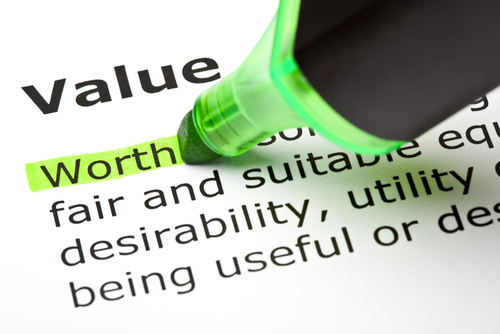



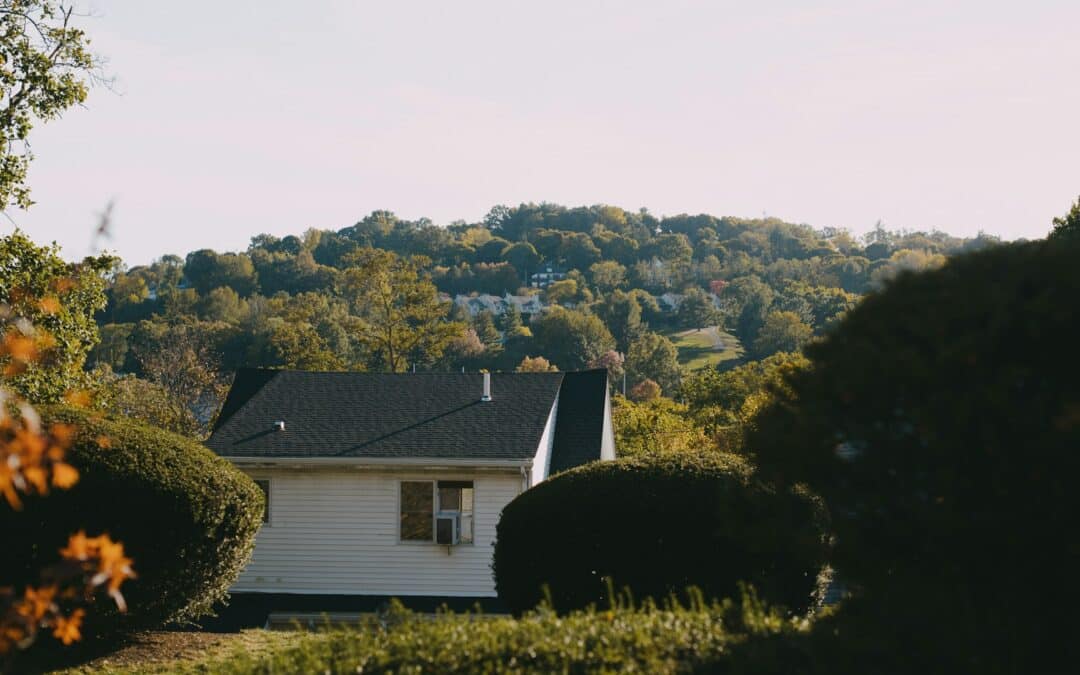


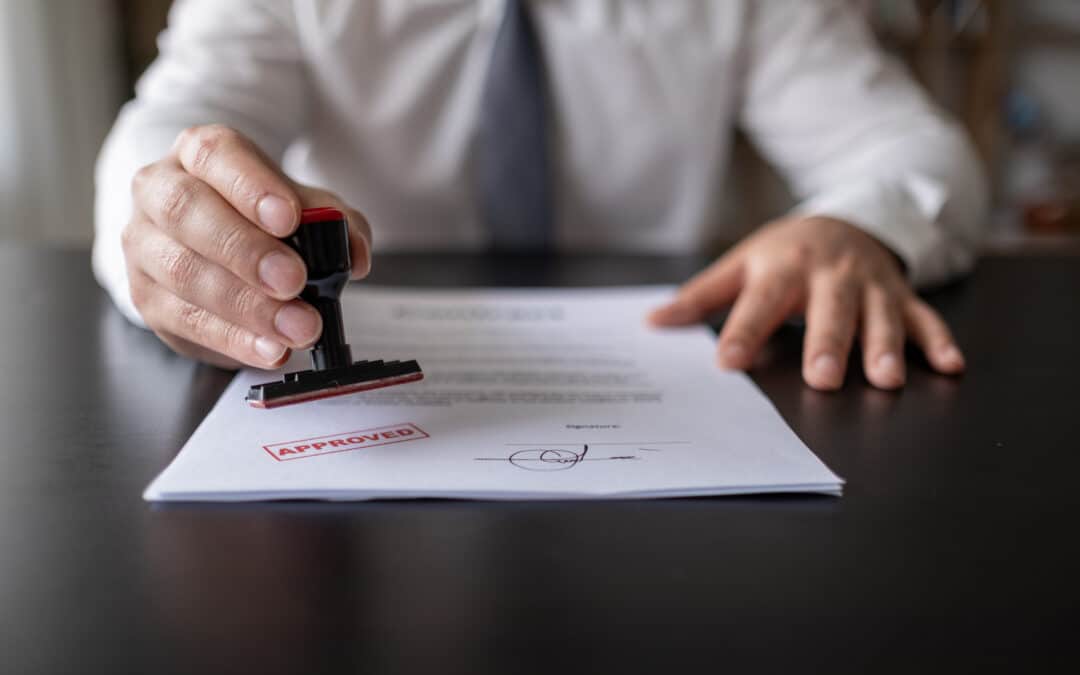

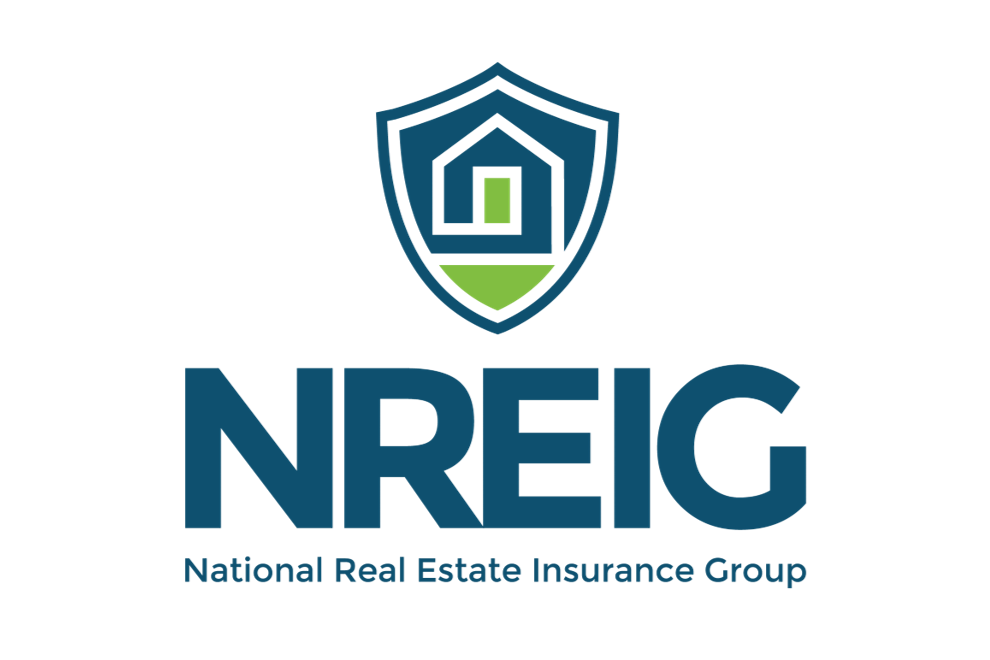
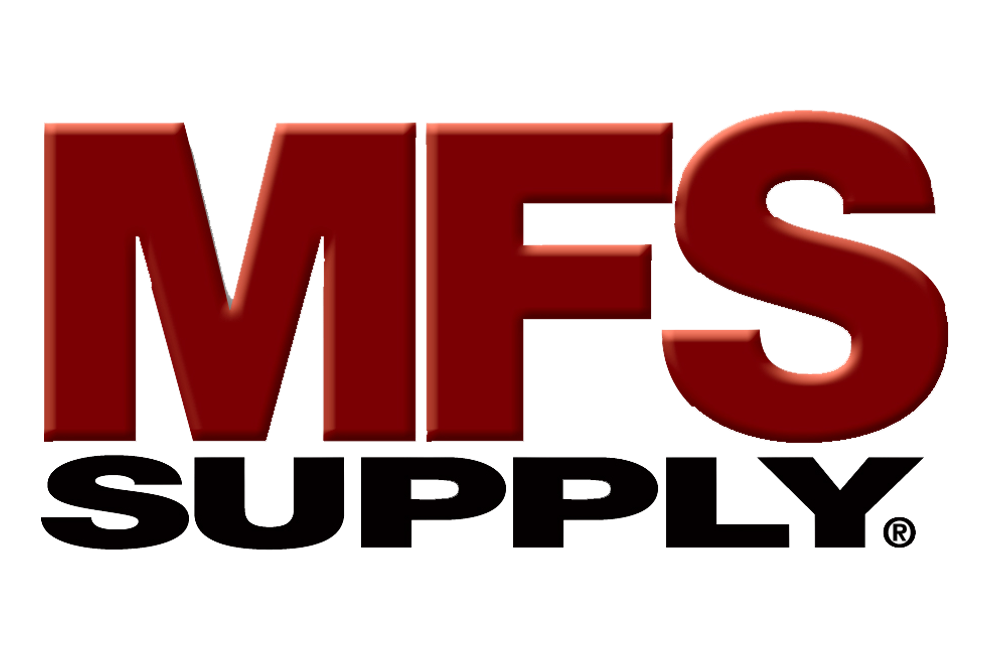

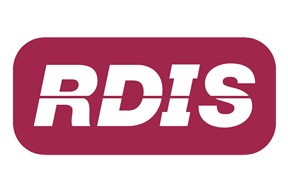
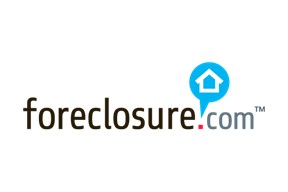
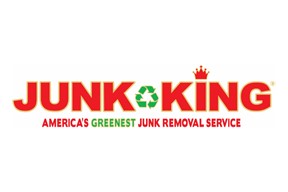



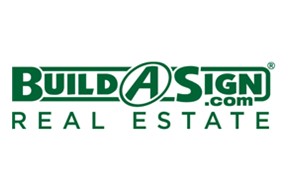

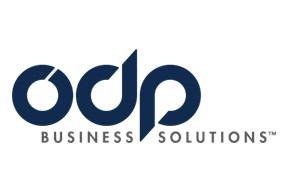
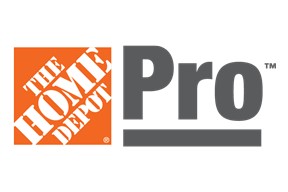
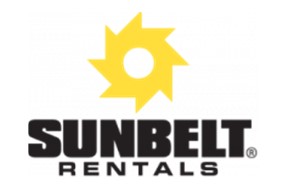
0 Comments